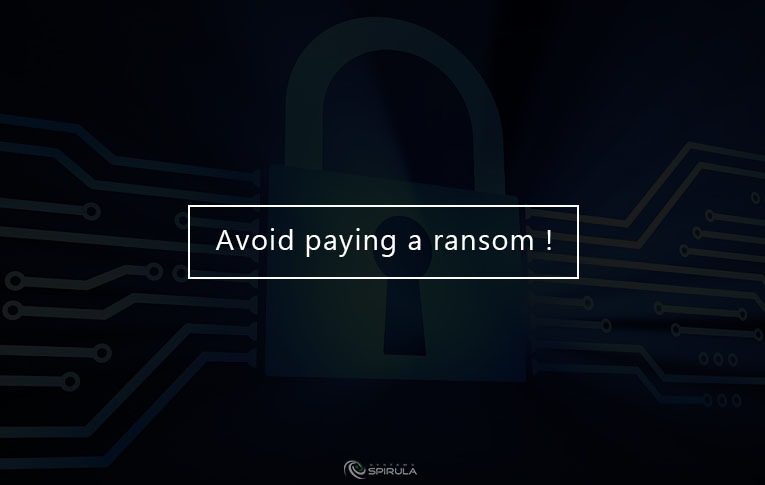
14 May 2017 How to protect yourself against Ransomware ?
There are different types of ransomware, the most common types are Encrypting ransomware, Locker ransomware and other versions. However, all these types will prevent you from using your PC normally, and they will all ask you to do something before you can use your PC.
They can target any PC users, whether it’s a home computer, endpoints in an enterprise network, or servers used by a government agency or health care provider.
Main characteristics of Ransomware:
- It features unbreakable encryption, which means that you can’t decrypt the files on your own (there are various decryption tools released by cyber security researchers – more on that later).
- Able to encrypt all types of files, from documents to pictures, videos, audio files.
- It can scramble your file names to make it more difficult to recognize your files names, so you will never know which data was affected.
- It will demand that you pay money (a “ransom”) to get access to your PC or files, this demand is displayed in an image or a message that notifies you that data has been encrypted and that you have to pay a specific sum of money to get it back.
- It changes your files extensions by adding different extensions.
- The requested payment must be paid in Bitcoins, because this currency can’t be tracked by cyber security researchers or law enforcements agencies.These payments are always time limited, this trap means that the
- ransom will increase or the data will be lost or destroyed.
Like spiders, Ransomware can crawl to other connected PCs in a local network for more damage.There is no guarantee that doing what the ransomware tells you will give access to your PC or files again.
Here are some guides to protect yourself against Ransomware:
- Install and use an up-to-date antivirus solution [no need to anti-virus when using Opensource OS].
- Make sure your software is up-to-date.
- Avoid clicking on links or attachments or emails from people you don’t know.
- Ensure you have a smart screen (in Internet Explorer) turned on.
- Have a pop-up blocker running in your web browser.
- Regularly backup your important files. You can backup your files on a cloud storage service
Finally, Ransom attacks might target some specific geographical locations. However, WannaCry Malware Attack is targeting Windows machines not only in enterprises or authorities, it targets home users as well. Because of lack of security awareness, home users don’t have a backup strategy, also they tend to click on anonymous links, ads or attachments that later would turn out to be malicious.

